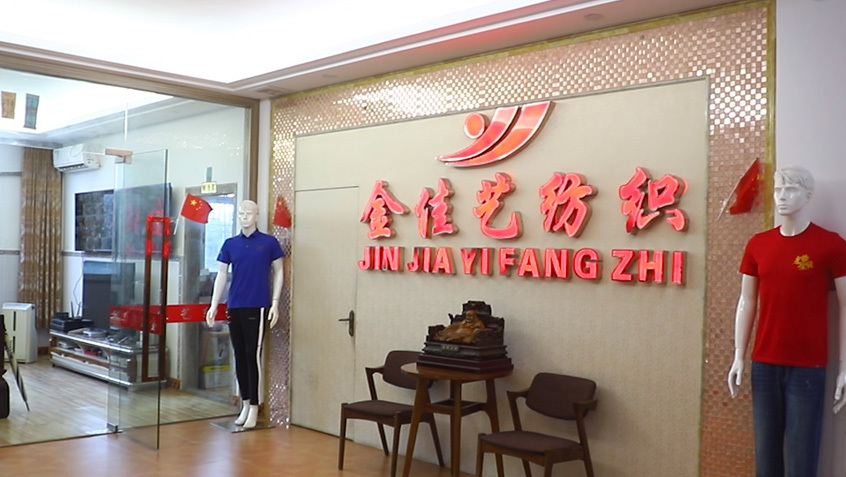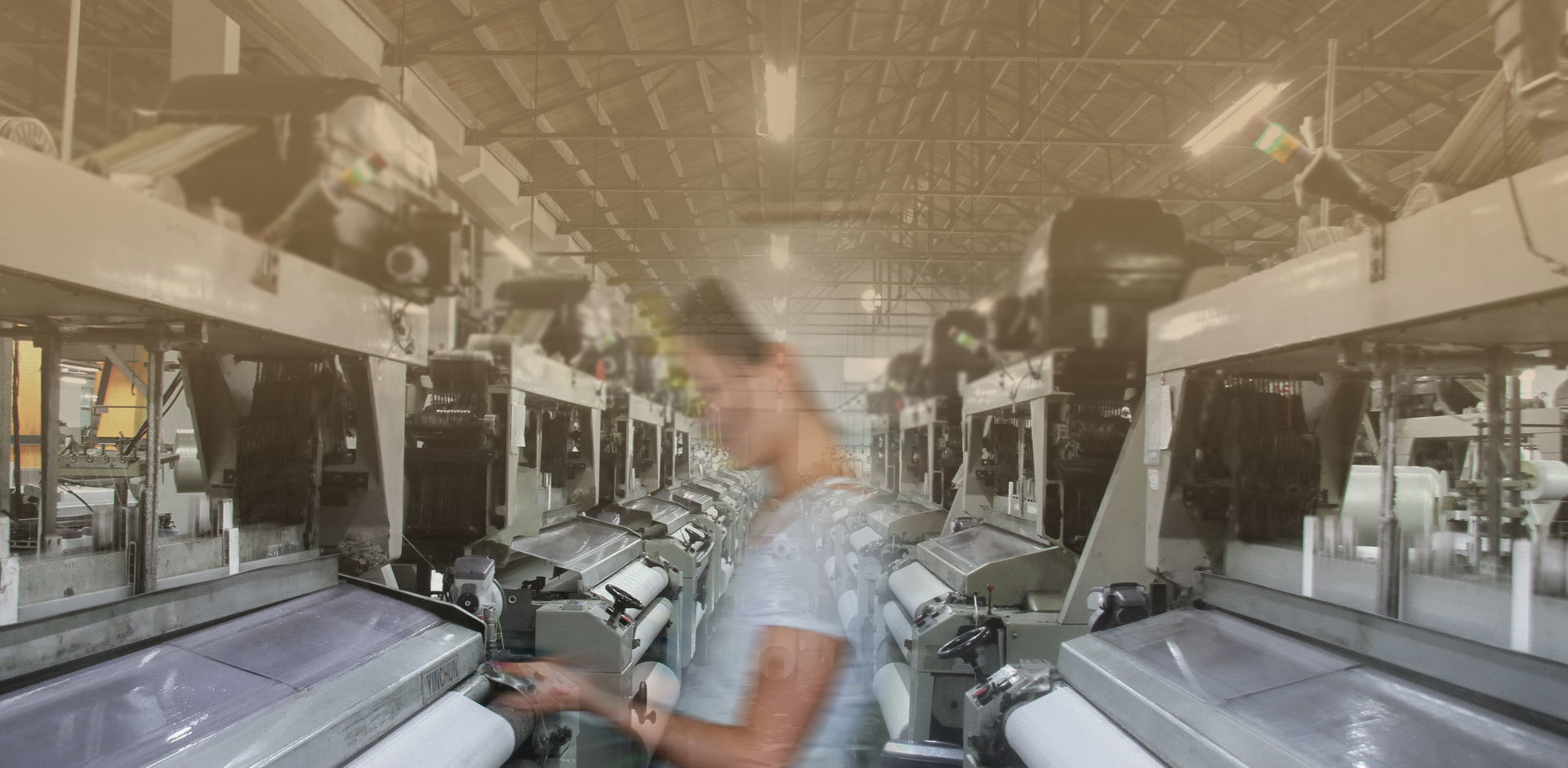Product recommendations
Jinjiayi is committed to developing more high-quality knitted fabrics
JIN JIA YI TEXTILE .
Shantou Chaonan District Jinjiayi Textile Industry Co., Ltd
The factory of Chaonan District Jinjiayi Textile Industry Co., Ltd., located in Liangying, the hometown of knitting in Shantou, was officially established on May 8, 1999. I have been involved in the clothing and textile industry for many years. We have a good positioning and integrate research and development, production, and sales. With the core concept of "high quality, innovative products, personalization, and keeping promises", we are committed to developing more high-quality knitted fabrics.



I have been involved in the clothing and textile industry for many years. We have a good positioning and integrate research and development, production, and sales. With the core concept of "high quality, innovative products, personalization, and keeping promises", we are committed to developing more high-quality knitted fabrics.


Production strength
Quality is the guarantee for building a brand
Committed to developing high value-added products and providing comprehensive value-added services
Because of these high-quality products, we have also become the fabric supplier of many international men's wear brands, such as Heilan Home, Anthony and other brands. In the future, we will continue to develop more high-quality fabrics and explore more possibilities to improve our quality of life.
Study on the Antistatic Performance of Knitted Velvet Fabrics
We tested and analyzed the anti-static performance of several knitted velvet fabrics with different organizational structures and conductive fibers, and compared the anti-static performance of raw and clean raw fabrics. The results showed that the anti-static performance of untreated raw fabrics was better than that of corresponding clean raw fabrics, and the electrical conductivity was good; The use of hydrophilic additives to treat dyed fabrics can help improve their conductivity; The degree to which static electricity is generated and accumulated during friction of different fabric structures is also different. Velvet fabrics have poor anti-static performance due to their unique structure.
MORE +
Characteristics of knitting process
According to different process characteristics, knitting production is divided into two categories: weft knitting and warp knitting. In weft knitting production, after the raw material has been winded, the yarn can be produced directly on the machine. Each yarn is placed sequentially on each needle of the weft knitting machine to form a weft knit. In warp knitting production, the raw materials are winded, warped, and the yarns are arranged in parallel and wound into warp shafts, and then produced on the machine. The yarns are decoupled from the warp shaft and each yarn is placed longitudinally on one or at most two needles of the warp knitting machine to form a warp knit. On some knitting machines, there is also a method of combining weft knitting and warp knitting. At this time, two sets of yarns are configured on the knitting machine, one group is cushioned according to the warp knitting method, and the other group is cushioned according to the weft knitting method, and the knitting needle forms a coil with the two groups of yarns to form a knitted fabric. The coils formed by the same yarn are arranged along the weft direction in weft knitted fabrics and along the warp direction in warp knitted fabrics. In 2010, China's macro economy continued to recover, with the gradual stabilization of domestic employment, the improvement of market confidence, the improvement of residents' living standards, the market demand for clothing consumer goods will maintain steady growth. At the same time, the national plan to expand domestic demand continues to advance, in order to further improve people's livelihood, the state's investment in rural areas, the construction of affordable housing, and the promotion of automobile consumption will continue to increase, which provides a broader market space for home textiles and industrial textiles. The knitting industry is an important part of the textile industry. In 2008, China's knitted clothing accounted for more than 50% of all clothing, which is approaching the proportion of 65% in developed countries. From January to December 2010, the knitting industry produced a total of 16.417 billion pieces of knitted garments, a year-on-year increase of 18.38%, and the growth rate was 9.99 percentage points lower than the level of 2009 (8.39%). From 2005 to 2010, the industry market sales revenue continued to increase, from 200.892 billion yuan in 2005 to 409.737 billion yuan in 2010, with a year-on-year growth rate of 8%-52%, the highest was 51.14%, the lowest was 8.63%, the difference was large, and the year-on-year increase was 23.34% in 2010. With the increase of urban and rural residents' income, consumers' requirements for clothing taste, in the context of the country's expansion of domestic demand to encourage consumption, the acceleration of population urbanization and science and technology driving will bring opportunities for the development of the knitting industry, so that domestic sales will be more and more important for the growth of the knitting industry. In addition, the further development of the ASEAN market and the cultivation of new international markets will promote the development of the knitting industry in 2011. Due to the large dependence of the knitting industry on labor, so that China's low wage costs have obvious advantages, coupled with China's huge market share and mature technology support, the future global knitting industry will be mostly concentrated in China development, with the continuous introduction of overseas advanced technology, the knitting industry is accelerating the realization of industrial upgrading, and the formation of regional knitting base. Overall, the development prospects of the knitting industry are good.
MORE +
The development prospects of the textile industry in the next ten years
However, most clothing enterprises' exports are mainly OEM, domestic sales have not yet formed a "brand premium", and the industry entry barriers are low, price competition has become the main means, therefore, the main business expansion of clothing companies is restricted; Fabric companies are in the middle of the industrial chain, the rapid development of the clothing industry has a strong demand for fabrics, nearly 50% of the fabrics in the export clothing still need to be imported, and the state will also "domestic fabrics to replace imports" as one of the important industrial policies. The fabric industry mainly relies on equipment technology competition, industry barriers are high, sales constraints are weak, and it is easy for enterprises to improve performance by expanding production. Therefore, fabric companies and fabric-clothing upstream and downstream supporting companies in the textile sector have a promising prospect.
MORE +
Partners




















